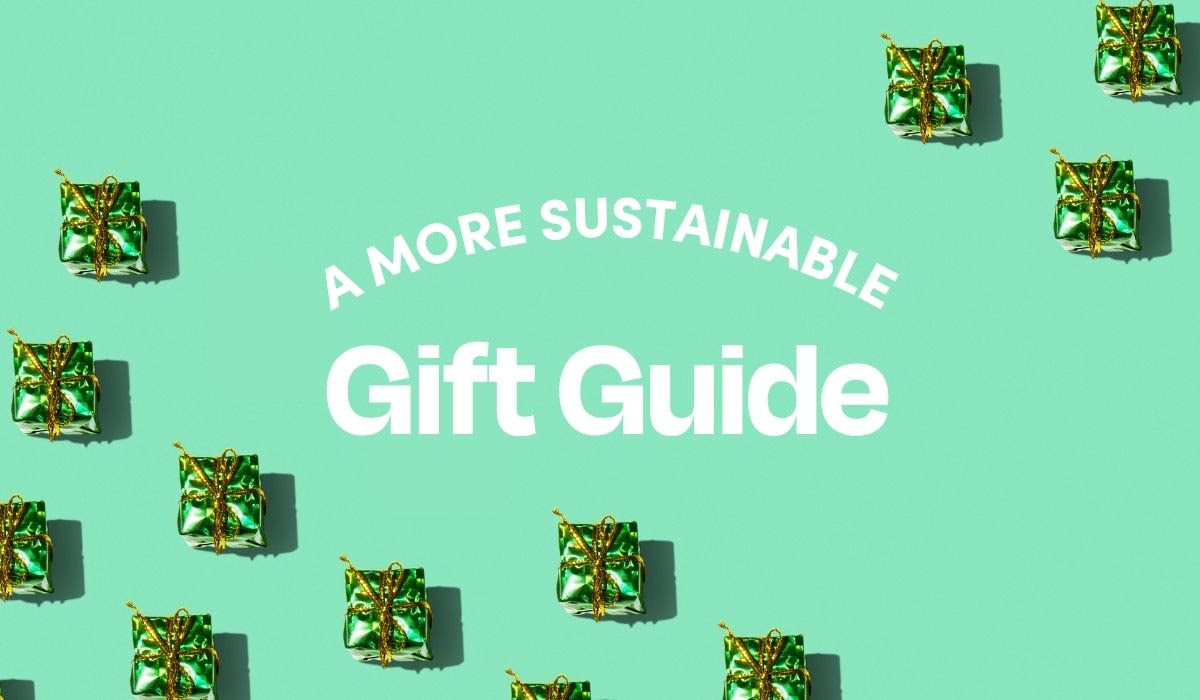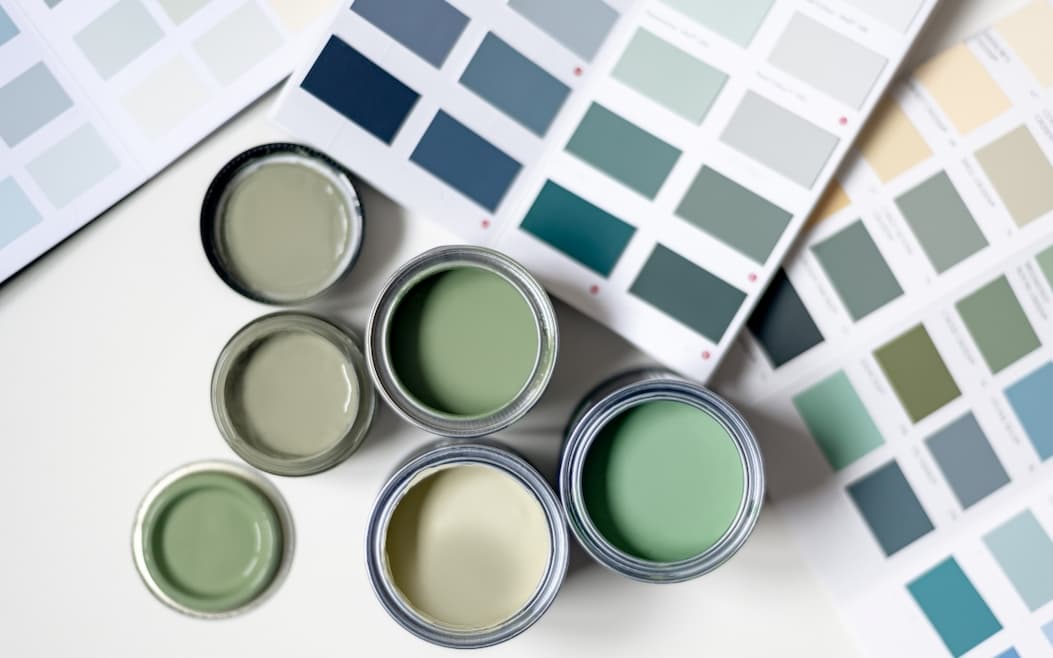How to Choose Sustainable Baby Sunscreen

When shopping for baby sunscreen, opt for products that are free of oxybenzone, octinoxate, titanium oxide, and synthetic fragrances. Instead, choose sunscreens that contain non-nano zinc oxide. Our favorite sunscreens are certified by Protect Land + Sea (which ensures the product is free of chemicals harmful to ocean and land ecosystems), EWG (which ensures the product is free from chemicals of concern to humans and the environment), Fair Trade (which benefits the people making the product), and PETA or Leaping Bunny (which ensure no animal testing was performed using the product). Choose sunscreen lotions and creams over aerosols if possible.
Ingredients
Oxybenzone & Octinoxate
Sunscreens contain a few chemicals that are particularly problematic, including oxybenzone and octinoxate, two of the most commonly used UV blockers. Researchers all over the world have determined that these two infamous chemicals are harmful to marine life, in part because they are made of nanoparticles. When these nanoparticles get washed off of our skin and into the water, they are absorbed by coral, upon which they have devastating effects. These chemicals impair the DNA of coral so that it becomes sterile and unable to reproduce. They also cause coral to trap heat. When coral reaches a certain temperature, it expels the algae that grows on it and provides it with protection and nutrients. When the algae leaves, the coral turns white (hence “coral bleaching”), and usually dies. Hawaii has banned the sale of products with oxybenzone and octinoxate, and we strongly suggest avoiding any sunscreen with these ingredients.
Zinc Oxide
Zinc oxide is a white powder derived from the mineral zincite that is used as a skin protectant and sunscreen by reflecting and scattering UV radiation. It can come in different particle sizes: nano zinc oxide (nZnO) and non-nano zinc oxide (ZnO). Many of our recommended products are made with ZnO because its particles are bigger in size (at least 5x bigger) than those of nanoparticles, which gives them broad UVA protection properties and decreases their ability to be absorbed by our skin, plants, and other organisms in the environment. It’s also great for babies. Due to its astringent and antiseptic properties that ease irritation and prevent bacteria from living on the skin, ZnO is less likely to cause rash or irritation of a baby’s sensitive skin.
While nZnO sunscreen is still super effective at blocking the sun’s rays and its small particles mean it can be more easily rubbed into a transparent layer on the skin, these particles are so small that they can also be absorbed by organisms in the environment, our skin, and even cell walls. While we have little understanding of the potential environmental and biological impacts of nZnO, we do know that these particles have proven to be more toxic towards algae than ZnO. Most of our recommended products do not include nZnO, but ultimately, you should choose what you’re most comfortable with.
Titanium Oxide
Titanium oxide is another physical sunscreen effective at preventing UV damage. Many studies show that the typical particle size of titanium oxide cannot penetrate through the skin even when the particle size is incredibly small, and it doesn't exhibit any kind of human toxicity. While titanium oxide is relatively safe for human use (when applied to the skin in a physical form), it’s not so friendly to the planet. Titanium oxide is shown to cause ecotoxicity in aquatic animals, zebrafish gills, and aquatic environments, disrupting biodiversity and promoting germination and root expansion in terrestrial plants. When considering sunscreens with titanium oxide, it’s important to weigh all potential costs – not just the human impact.
Synthetic Fragrances
The most elusive ingredient of all might be fragrances. That’s because fragrances are protected from disclosure. While “fragrance” might appear to be one ingredient on the label, that word could potentially comprise hundreds of chemical compounds just for one scent! It’s not the scent that worries us, but phthalates, which enable fragrances to become soluble. They are known endocrine disruptors in both humans and aquatic life and can even lower the production of testosterone. Studies have found that prenatal exposure to phthalates can decrease mental and motor development in children.
Packaging
As a rule, choose sunscreen lotion or cream over aerosols whenever possible. Aside from being less efficient at coverage than creams, aerosols come in cans that, in order to achieve their misting effect, require hydrocarbons or compressed gasses that emit volatile organic compounds (VOCs), which are prevalent in asthma-inducing smog. While some recycling programs accept empty aerosol cans that have their plastic caps removed, many still don’t due to the dangers of pressurized cans exploding in the sorting facility. Sadly, this means that plenty end up in landfills, where aluminum and steel can take centuries to decompose. To give yourself better protection and to limit the waste and emissions associated with aerosols, opt for lotions and creams instead.
Certifications
Here are some certifications to look for when shopping this category.

The Environmental Working Group has created a database that aims to be the gold standard in rating personal care products based on their ingredients, ensuring products are free from the chemicals of concern to human health that are outlined in their unacceptable list. Look for the EWG logo to make sure you’re avoiding those pesky ingredients.

Protect Land + Sea independently tests sunscreen products to ensure that they contain none of the following ingredients that may be harmful to ocean and land ecosystems: microplastic beads, nanoparticles, 4-methylbenzylidene camphor, octocrylene, PABA, any kind of paraben, triclosan, and of course, oxybenzone and octinoxate. These standards are updated every other year to keep up with the most recent scientific findings in ecotoxicity.

Leaping Bunny is an internationally recognized symbol that guarantees no new animal tests were conducted on any of the ingredients in a product. It’s the most stringent animal rights standard, so prioritize this one if you want to alleviate your animal welfare concerns.

PETA’s Cruelty-Free offers a searchable database of companies and denotes whether they conduct, commission, or test their products on animals.
Join today to get access to product recommendations,
unlimited articles, and exclusive weekly content.
(16% discount)
Already a member? Log in.
Choose Wisely with Finch

Kids mineral sunscreen SPF 30
This sunscreen doesn't have a white cast and is non-greasy. Only the best ingredients.
.svg)
.svg)

Sensitive Baby Mineral Sunscreen Stick SPF 50
This sunscreen is water resistant anad made with 17 plant-based ingredients. Featured in EWG Sunscreen Guide for "Best Baby & Kids Sunscreens."
.svg)
.svg)

Kids Sunscreeen Cream SPF 40
This sunscreen is reef friendly and Hawaii and Mexico approved!
.svg)
.svg)

Black Girl Sunscreen Kids Broad Spectrum- 50SPF
This sunscreen eliminates all white sticky residue and hypoallergenic. Whether you have dark skin or not, this is an incredible product
.svg)
.svg)

Baby Mineral Sunscreen Lotion SPF 40
This sunscreen is made with a reef-friendly formula and has organic red raspberry seed oil (the highest naturally occurring SPF value in the plant world!)
.svg)
.svg)

Thinksport SPF 50 Clear Zinc
This product is reef-safe, dries clear, free of parabens, Gluten, Dairy, and animal by-products.
.svg)
.svg)
Learn more about our sources and methodology
LEARN MORE









